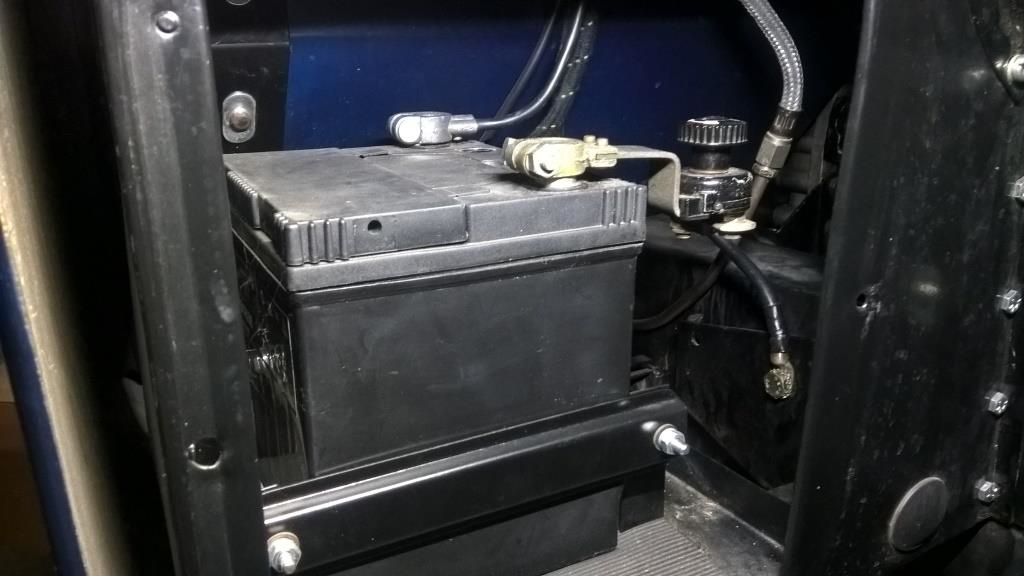In reply to a message from Gary Otto sent Thu 16 Jul 2009:
Gary, if its any help, heres what I did on my 140 DHC.
There are two hot wires coming off the starter solenoid, one
is unfused and goes to the ammeter. The other wire goes to
the fusebox. I disconnected these two wires from the
solenoid, and joined the two wire ring-terminals at the end
of each wire together. Then I connected a short piece of
wire, having an inline 50A fuse and a toggle switch, between
the starter solenoid and the joined together ring-terminals.
The 50A fuse and toggle switch are positioned behind the
instrument panel. That way I can turn off that switch if I
want when the car is unattended, and the 50A fuse should
protect most everything including what seem to be normally
unfused portions of various circuits which seem to originate
at the ammeter.
So far that 50A fuse hasnt blown even when the lights,
heater and wipers are all on at the same time. Everything
can be returned back to stock condition if needed. The two
ring terminals and one wire end are just joined together by
means of soldering, then insulated.
I also put one of those master cut off switches in line with
the negative battery cable. I just used a Bosch switch with
a plastic red removable handle, the kind you see on race
cars. It claims to be rated at 10,000A, 12v for 10 seconds,
and 100A continuous.
This one I installed by drilling a hole in that vertical
sheet metal battery box panel just outboard of the battery,
behind the right front wheel. The red handle is on the
outside of that panel, just to the inside of the RF wing
sheetmetal, and the switch mechanism and battery cable
connections are all to the inside of that panel, ending up
adjacent the battery. The red handle is positioned maybe one
foot rearward of the RF wheel opening, so I can easily reach
in there to turn it on and off without having to open the
bonnet or battery box cover. It cant be seen unless you look
way in there.
Drilling that hole in the sheet metal battery box panel to
accept the cut off switch, seems like a questionable thing
to do, from an originality point of view, but it is done
now, and anyway, could be repaired in the future by welding
the hole shut.
This 140 is still + ground, and at the time, it seemed to
make sense to put that master cut off switch in the negative
battery cable, but now, it almost seems to make slightly
more sense to have it in the grounded battery cable, so
maybe I will change it over sometime.–
Gary Grant S818919DN
Ottawa, Canada
–Posted using Jag-lovers JagFORUM [forums.jag-lovers.org]–
–Support Jag-lovers - Donate at http://www.jag-lovers.org/donate04.php –
